


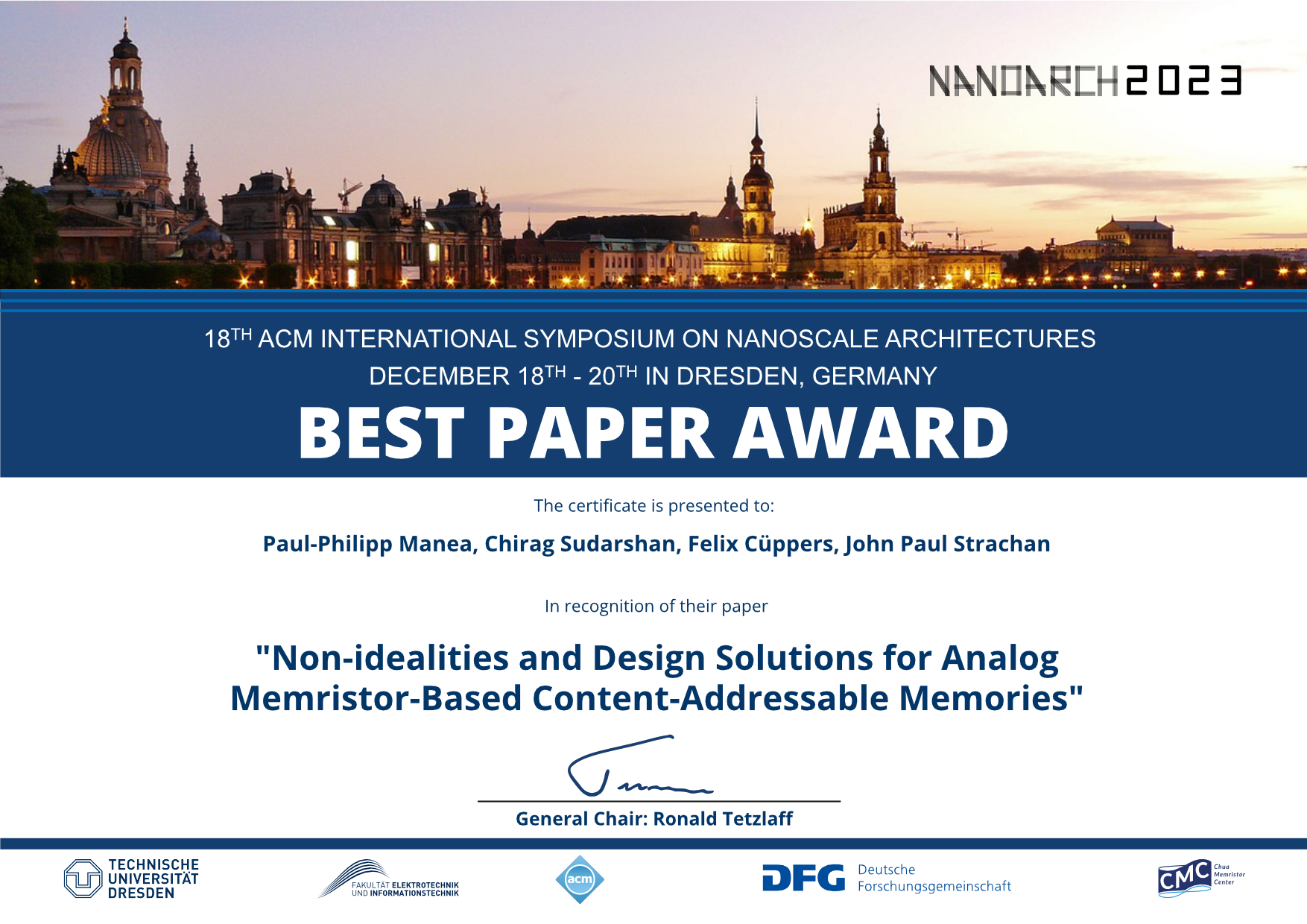
Abstract: Memristor-based analog Content Addressable Memories (aCAMs) offer robust parallel pattern look-up capabilities, significantly enhancing the scope of In-Memory Computing applications. This paper presents challenges of these analog circuits, which may occur during the inference, and proposes solutions to overcome them. Precisely, we investigate the impact of temperature-dependent behavior, CMOS process variations and memristor telegraph read noise. We demonstrate that one challenging issue affecting memristors analog computing applications, namely telegraph read noise, is not a significant problem in aCAM. We introduce a framework that accounts for these combined distortions to define variability-aware aCAM windows and estimate the bit resolution of a CAM cell. Using this framework we estimate the bit resolution to 2 bits before applying compensating measures and to 4 bits afterwards. We study how variations affect the inference accuracy of the IRIS classification dataset using our novel torchCAM model. We introduce a streamlined aCAM design featuring a memristor comparator for simplified input-to-reference comparison and a novel cell architecture with two symmetrical memristor comparator units.
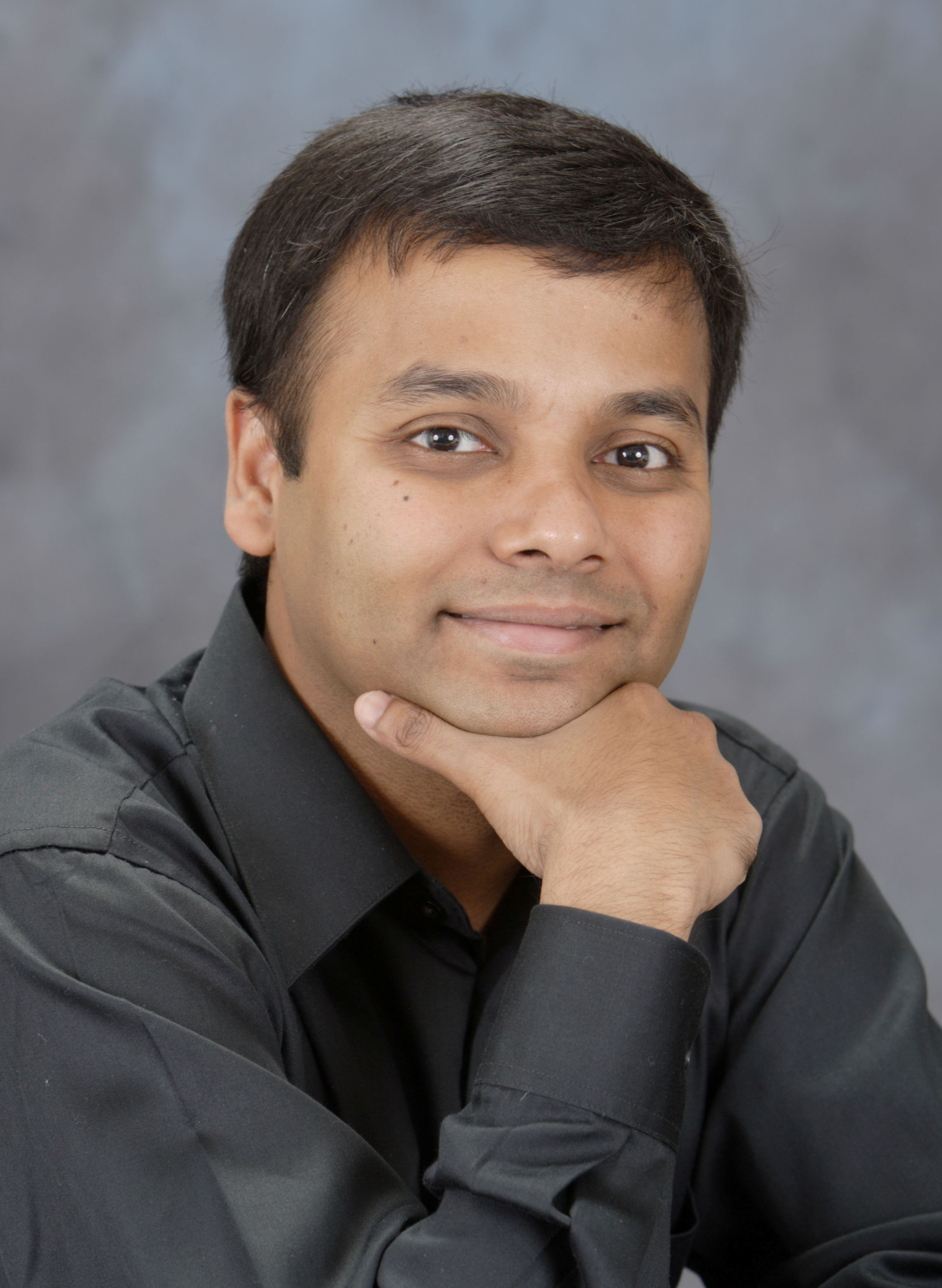
The computation demands of 21st-century abundant-data workloads, such as AI/machine learning, far exceed the capabilities of today’s computing systems. For example, a Dream AI Chip would ideally co-locate all memory and compute on a single chip, quickly accessible at low energy. Such Dream Chips aren’t realizable today. Computing systems instead use large off-chip memory and spend enormous time and energy shuttling data back and forth. This memory wall gets worse with growing problem sizes, especially as conventional transistor miniaturization gets increasingly difficult.
The next leap in computing requires transformative NanoSystems by exploiting the unique characteristics of nanotechnologies and abundant-data workloads. We create new chip architectures through ultra-dense 3D integration of logic and memory – the N3XT 3D approach. Multiple N3XT 3D chips are integrated through a continuum of chip stacking/interposer/wafer-level integration — the N3XT 3D MOSAIC. To scale with growing problem sizes, new Illusion systems orchestrate workload execution on N3XT 3D MOSAIC creating an illusion of a Dream Chip with near-Dream energy and throughput.
Several hardware prototypes, built in commercial and research fabrication facilities, demonstrate the effectiveness of our approach. We target 1,000X system-level energy-delay-product benefits, especially for abundant-data workloads. We also address new ways of ensuring robust system operation despite growing challenges of design bugs, manufacturing defects, reliability failures, and security attacks.
Time: December 18, 9:00 CET (UTC +01:00)
Short Bio: Subhasish Mitra is William E. Ayer Professor in the Departments of Electrical Engineering and Computer Science at Stanford University. He is also the Associate Chair (Faculty Affairs) of Computer Science. Prof. Mitra directs the Stanford Robust Systems Group, leads the Computation Focus Area of the Stanford SystemX Alliance, and is a member of the Wu Tsai Neurosciences Institute. His research ranges across Robust Computing, NanoSystems, Electronic Design Automation (EDA), and Neurosciences. Results from his research group have influenced almost every contemporary electronic system, and have inspired significant government and research initiatives in multiple countries. He has held several international academic appointments — the Carnot Chair of Excellence in NanoSystems at CEA-LETI in France, Invited Professor at EPFL in Switzerland, and Visiting Professor at the University of Tokyo in Japan. Prof. Mitra also has consulted for major technology companies including Cisco, Google, Intel, Samsung, and Xilinx (now AMD).
In the field of Robust Computing, he has created many key approaches for circuit failure prediction, on-line diagnostics, QED system validation, soft error resilience, and X-Compact test compression. Their adoption by industry is growing rapidly, in markets ranging from cloud computing to automotive systems. His X-Compact approach has proven essential for cost-effective manufacturing and high-quality testing of almost all 21st century systems, enabling billions of dollars in cost savings.
With his students and collaborators, he demonstrated the first carbon nanotube computer. They also demonstrated the first 3D NanoSystem with computation immersed in data storage. These received wide recognition: cover of NATURE, Research Highlight to the US Congress by the NSF, and highlight as "important scientific breakthrough" by global news organizations.
Prof. Mitra's honors include the Harry H. Goode Memorial Award (by the IEEE Computer Society for outstanding contributions in the information processing field), Newton Technical Impact Award in EDA (test-of-time honor by ACM SIGDA and IEEE CEDA), the University Researcher Award (by the Semiconductor Industry Association and Semiconductor Research Corporation to recognize lifetime research contributions), the Intel Achievement Award (Intel’s highest honor), and the US Presidential Early Career Award. He and his students have published over 10 award-winning papers across 5 topic areas (technology, circuits, EDA, test, verification) at major venues including the Design Automation Conference, International Solid-State Circuits Conference, International Test Conference, Symposium on VLSI Technology, Symposium on VLSI Circuits, and Formal Methods in Computer-Aided Design. He is an ACM Fellow, an IEEE Fellow, and a Distinguished Alumnus of the Indian Institute of Technology, Kharagpur.
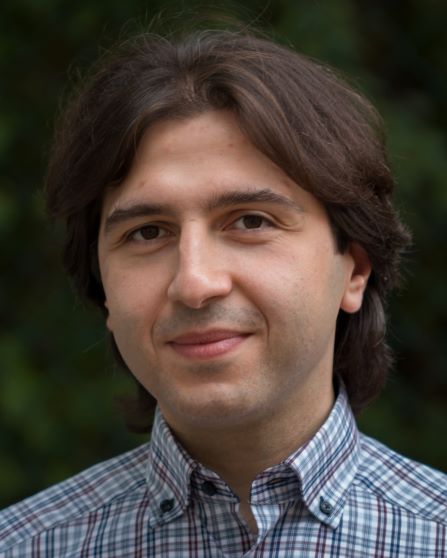
In the burgeoning realm of artificial intelligence (AI), the pursuit of In-Memory Computing (IMC) is paramount. This relentless pursuit, aimed at catalyzing ultra-fast and energy-efficient AI computations, is emblematic of the cutting-edge innovations at the nexus of Ferroelectric FET (FeFET) technology. In this talk, we will showcase the latest advancements in FeFETs, spanning from traditional IMC-based hardware accelerators to monolithic 3D integration using advanced back-end-of-line (BEOL) thin-film transistors. We will elucidate the inherent challenges posed by ferroelectric stochasticity along with temperature effects, and demonstrate innovative strategies, such as using thermoelectric devices for advanced on-chip cooling, to mitigate their adverse impacts, paving the way for reliable computing using FeFET-based IMC.
Time: December 18, 13:30 CET (UTC +01:00)
Short Bio: Hussam Amrouch is a W3-Professor heading the Chair of AI Processor Design at the Technical University of Munich. He is, additionally, heading the Brain-inspired Computing at the Munich Institute of Robotics and Machine Intelligence (MIRMI). Further, he is the head of the Semiconductor Test and Reliability at the University of Stuttgart. He received his Ph.D. degree with the highest distinction (summa cum laude) from KIT in 2015. He has around 220 publications (including more than 90 journals) in multidisciplinary research areas starting from device physics to circuit design and HW/SW co-design. His research interest is brain-inspired computing using emerging technologies with a special focus on reliability. He has served in the technical program committees in all major EDA conferences and as a reviewer in many top journals like Nature Electronics, Nature Communications. He is also as Editor at the Nature Scientific Reports journal.

Computing hardware is at a critical stage in its evolution. Our current AI computing demands, driven largely by the development of advanced Artificial Neural Networks (ANNs) whose compute demands currently double every 2-3 months, are rapidly becoming unsustainable. New approaches are needed, and memristive devices and systems are a set of technologies that offer significant promise. In this talk I will review the prospects for memristors to make a decisive contribution to the future of computing. I will address challenges around materials engineering, device design, and the adoption of new technologies by the CMOS industry.
Time: December 19, 9:00 CET (UTC +01:00)
Short Bio: Anthony (Tony) Kenyon is Professor of Nanophotonic and Nanoelectronic Materials at University College London (UCL), where he also serves as Vice Dean (Strategy) for the Faculty of Engineering Sciences. His research interests cover memristive materials and devices, silicon photonics, nanophotonics and nanoelectronics. He has worked for more than a decade on silicon oxide (SiOx) memristive devices, probing the physics of resistance switching and demonstrating new modes of operation. Along with Dr Adnan Mehonic he co-founded Intrinsic Semiconductor Technologies Ltd to commercialise SiOx RRAM for non-volatile memories. Tony is a Fellow of the IoP and the IET, a Senior Member of the IEEE and is currently the President of the European Materials Research Society.
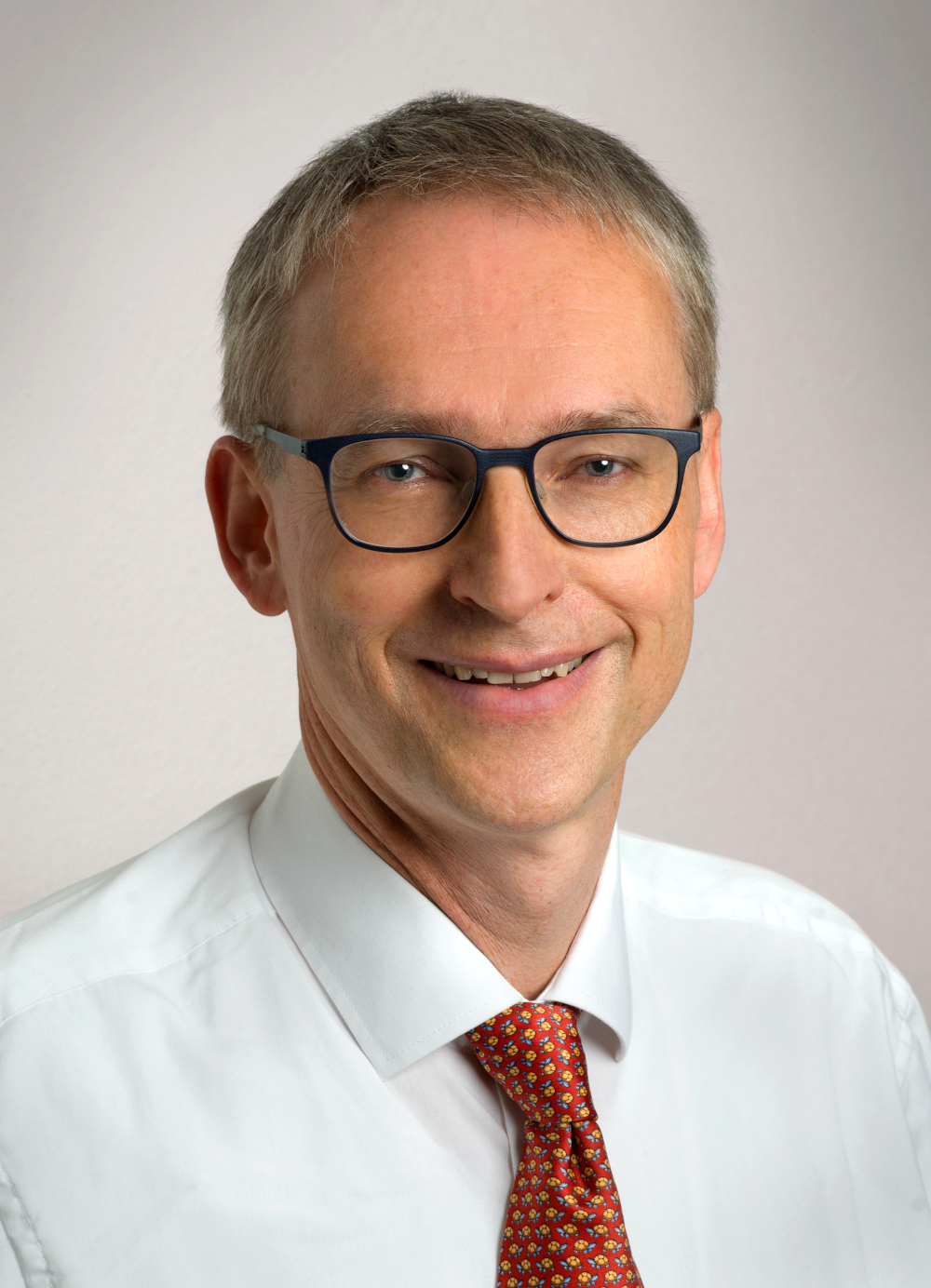
Organic semiconductors are based on carbon compounds and allow an almost inexhaustible variety of materials. Devices based on organic semiconductors enable a variety of novel applications for flexible, lightweight, and environmentally friendly electronics. A first application success are OLED displays, which have already conquered a double-digit billion market and dominate the market in mobile phones.
In this talk, I introduce the material class of organic semiconductors and show with some examples from doping to organic solar cells the challenges of materials research and the implementation in products. Furthermore, vertical organic transistors with greatly improved properties are discussed, including bipolar transistors which open the GHz range for organic electronics. Finally, an outlook is given on a new form of neural networks based on organic semiconductors, allowing highly efficient neuromorphic computing approaches.
Time: December 19, 10:30 CET (UTC +01:00)
Short Bio: Prof. Karl Leo studied physics in Freiburg I. Br. and Stuttgart and was postdoc at AT & T Bell Laboratories and the RWTH Aachen. In 1993, he became professor of optoelectronics at the TU Dresden. He is the head of the Institute of Applied Physics and director of the interdisciplinary center "Dresden Integrated Center for Applied Physics and Photonic Materials (DC IAPP)", which bundles the research to organic semiconductors at the TU Dresden.
Prof. Karl Leo is an internationally recognized researcher in condensed matter physics. Among his achievements are the first observations of coherent electronic dynamics in solids (quantum beats and Bloch oscillations in semiconductor superlattices) and pioneering work on organic semiconductors, including the successful introduction of controlling doping in organic components; electronic components with world record efficiency (OLED, organic solar cells) and maximum frequency (organic transistors), and the first realisation of organic inversion transistors. Many of these technologies were successfully transferred to spin-off companies like Novaled and Heliatek. His main current research interests are novel organic electronic devices (Organic Devices and Structures group) and organic sensors (Organic Sensors group).
Prof. Leo has been rewarded with the Leibniz Award 2002 of the DFG, the German Future Award 2011 of the German President and the European Inventors Award 2021 of the European Patent Office.
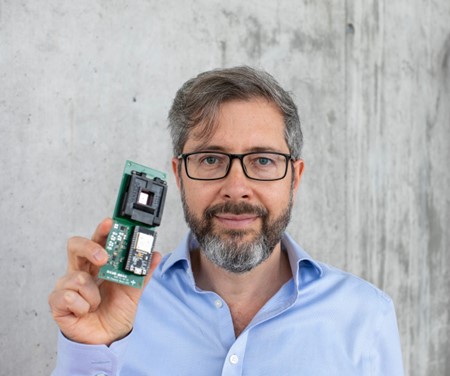
Olfaction, an ancient sensory system, provides intricate information about the environment. In emulation of this biological process, neuromorphic devices in conjunction with machine learning algorithms, endeavor to replicate and digitize the olfactory capabilities. This presentation focuses on the gas discrimination and identification capabilities of neuromorphic nanosensors. These nanosensors, constructed with functionalized nano materials, were integrated into multi-channel gas sensor devices, and their sensing signals were recorded upon exposure to diverse gases. The temporal characteristics of the gases were subsequently extracted from the sensing signals and input into a machine learning algorithm to discern and identify the specific gases. The resulting electronic olfaction system demonstrates outstanding gas identification performance across various gases. This innovative platform has the potential to downsize electronic noses, digitize olfactory information, and distinguish a range of gases and volatile organic compounds (VOCs). Applications include pathogen detection, environmental monitoring, and disease diagnosis.
Time: December 19, 16:45 CET (UTC +01:00)
Short Bio: Professor Gianaurelio Cuniberti holds since 2007 the Chair of Materials Science and Nanotechnology at the Technische Universität Dresden (TU Dresden) and the Max Bergmann Center of Biomaterials in Dresden, Germany. He is a member of the TU Dresden School of Engineering Sciences (Materials Science) and of the School of Science (Physics). He studied Physics at the University of Genoa, Italy (where he got his B.Sc. and M.Sc.) and obtained his Ph.D. in 1997 at the age of 27 in a joint collaboration between the University of Genoa and the University of Hamburg, Germany. He was visiting scientist at MIT and the Max Planck Institute for the Physics of Complex Systems Dresden. From 2003 to 2007, he was the head of a Volkswagen Foundation Research Group at the University of Regensburg, Germany. His research activity is internationally recognized in more than 400 scientific journal papers to date. He initiated and organized numerous workshops, schools, and conferences and took part in international research training networks, offering extensive opportunities for young scientists. He has given plenary and invited talks at numerous international meetings.
He serves as a referee for numerous high-impact journals and for several funding research institutions including among others the EU, the German Science Foundation (DFG), the USA National Science Foundation (NSF), the German Israeli Foundation (GIF), and the Alexander von Humboldt Foundation.
He received several talent scholarships and awards including the Max Planck Society Schloeßmann Award (2001) and the VolkswagenStiftung Research Group Individual Grant (2003). He is a member of several scientific organizations and a corresponding member of the Umbrian Academy of Sciences. Gianaurelio Cuniberti is an Honorary Professor at the Division of IT Convergence Engineering of POSTECH, the Pohang University of Science and Technology since 2009, since 2011 Adjunct Professor for the Department of Chemistry at the University of Alabama, and since 2019 Guest Professor at SJTU. In 2018 he became a faculty member of the transcampus between TU Dresden and King’s College London.
Professor Gianaurelio Cuniberti is an elected member of the European Academy of Sciences, of the Academia Europaea and of the Germany National Academy of Science and Engineering (acatech).
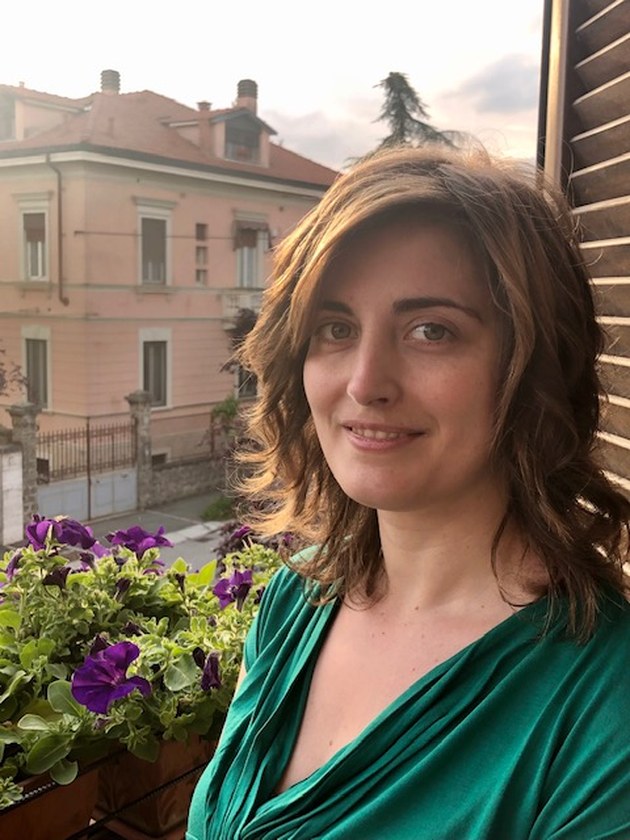
In the past two decades, the shift towards a distributed computing paradigm led our smart systems to become more and more interconnected. These systems need to elaborate increasingly amount of data while featuring low-power operation, area efficiency, and ability to interact with the external world in real time. Memristive technology, with its unique characteristics and capabilities, holds great promise for the design of such cognitive systems. The potential for energy-efficient and parallel computing, combined with the ability to integrate complex neural and synaptic dynamics within a single device, provides avenues for high-performance hardware implementations. Moreover, by offering volatile and non-volatile memory in a small footprint, enabling dense integration, and facilitating in-memory computing, memristive technology presents advantages that, if correctly combined with CMOS technology, can extend the functionality of current artificial intelligent systems.
In this talk, we discuss the challenges and the opportunities to realise memristive neuromorphic computing by developing novel hardware architectures and learning algorithms specifically tailored to best exploit the intrinsic properties of memristive technology. Indeed, we show that memristive technology offers vast potential, but its effective utilization relies on the synergetic development of memristive devices, circuits, and algorithms to create performing hardware cognitive systems.
Time: December 20, 13:30 CET (UTC +01:00)
Short Bio: Dr. Erika Covi is currently Senior Scientist at NaMLab gGmbH, Dresden (Germany), where she is the leader of the Cognitive Systems group. Starting from 1st January 2024, she will join the Zernike Institute for Advanced Materials & Groningen Cognitive Systems and Materials Center (Groningen, the Netherlands) as assistant professor.
She received her PhD in Microelectronics in 2014 from the University of Pavia (Italy), where she worked on designing integrated systems for the characterisation of memristive devices. Before joining NaMLab, she worked at the National Research Council (CNR) of Italy first, then at Politecnico di Milano (Italy).
She was awarded with an ERC Starting Grant for the project MEMRINESS on the development of memristive neurons and synapses for neuromorphic edge computing in 2021.
Her research interests lie at the intersection of emerging devices, circuit design, and brain-inspired computing. More specifically, they focus on exploiting the intrinsic physical characteristics of memristive devices to reproduce computational primitives of the brain in mixed neuromorphic-memristive systems.
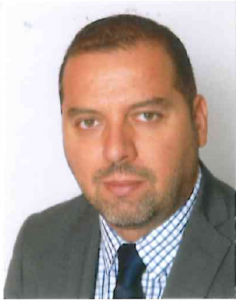
One of the most fascinating areas of research is the strive for designing a neuromorphic or brain simulating system, where specialized algorithms run on a brain-inspired microprocessor may replicate the dynamical behavior of the vast network of synapse-coupled neurons. Current digital supercomputers are able to reproduce some of the brain functionalities, but, as more and more intelligent operations are emulated, the consequent increases in power consumption and integrated circuit area are somewhat unacceptable. These increases are due to the inefficient classical Von- Neumann architecture, which is at the basis of the machine design and is characterized by a rigid adherence to Boolean logic and, above all, by the separation between the physical location where data are stored, i.e. the memory, and the physical location where data processing takes place, i.e. the Computing Power Unit. In addition to that, complex integration of information performed by biological neural systems is based on several dynamical mechanisms.
Among them, the most worth is the synchronization of neural activity. Synchronization of neural activity is also one of the proposed solutions to a widely discussed question in neuroscience: the binding problem, i.e. how our brain bind all the different data together to recognize objects. Despite remarkable progress has been made in the field of Neurophysiology and Nonlinear Dynamics needed to understand neural structures and interactions, current brain-simulating systems require high-computational capabilities to reproduce only a few brain functionalities.
The tutorial aims to present the fundamental theory of memristor oscillatory networks, their nonlinear dynamical properties, including synchronization, bifurcation phenomena and spatio-temporal pattern formation, for information processing tasks.
REFERENCES
[1] D. E. Nikonov et al., “Coupled-oscillator associative memory array operation for pattern recognition,” IEEE J. Explor. Solid-State Comput. Devices Circuits, vol. 1, pp. 85–93, 2015.
[2] A. Ascoli, S. Slesazeck, H. Mähne, R. Tetzlaff, and T. Mikolajick, “Nonlinear dynamics of a locally- active memristor,” IEEE Trans. Circuits Syst. I, Reg. Papers, vol. 62, no. 4, pp. 1165–1174, Apr. 2015.
[3] S. Kumar, J. P. Strachan, and R. S. Williams, “Chaotic dynamics in nanoscale NbO2 Mott memristors for analogue computing,” Nature, vol. 548, no. 7667, pp. 318–321, Aug. 2017.
[4] M. Escudero et al., "Chua’s Circuit With Tunable Nonlinearity Based on a Nonvolatile Memristor: Design and Realization," in IEEE Transactions on Circuits and Systems I: Regular Papers, doi: 10.1109/TCSI.2023.3323854.
[5] M. Escudero et al., “Physical implementation of a tunable memristorbased Chua’s circuit,” in Proc. IEEE 48th Eur. Solid State Circuits Conf. (ESSCIRC), Sep. 2022, pp. 117–120.
[6] M. D. Marco, M. Forti, L. Pancioni, G. Innocenti, A. Tesi, and F. Corinto, “Oscillatory circuits with a real non-volatile Stanford memristor model,” IEEE Access, vol. 10, pp. 13650–13662, 2022.
[7] F. Corinto, M. Forti, and L. O. Chua. "Nonlinear Circuits and Systems with Memristors." Nonlinear Dynamics and Analogue Computing via the Flux-Charge Analysis Method. Springer Verlag. Available online at: https://www. springer. com/gp/book/9783030556501 (2020).
This activity is part of the project Analoge COmputing with Dynamic Switching Memristor Oscillators: Theory, Devices and Applications (COSMO), Grant PRIN 2017LSCR4K 002, funded by the Italian Ministry of Education, University and Research (MIUR).
Short Bio: Fernando Corinto received the Master’s Degree in Electronic Engineering and the Ph.D. degree in Electronics and Communications Engineering from the Politecnico di Torino, in 2001 and 2005 respectively. He also received the European Doctorate from the Politecnico di Torino, in 2005. Prof. Corinto was awarded a Marie Curie Fellowship in 2004.
He is currently Full Professor of Electrical Engineering with the Department of Electronics and Telecommunications, Politecnico di Torino.
His research activities are mainly on nonlinear dynamical circuits and systems, complex/neural nonlinear networks and memristor technology for machine learning and optimization problems.
Prof. Corinto is co-author of 4 books, 10 book chapters and more than 170 international journal and conference papers. Since 2010, he is Senior Member of the IEEE. He is also Member of the IEEE CAS Technical Committees on “Cellular Nanoscale Networks and Array Computing” and “Nonlinear Circuits and Systems”. Prof. Corinto served as Vice-Chair of the IEEE North Italy CAS Chapter. Prof. Corinto has been Associated Editor of the IEEE Trans. on Circuits and Systems - I for 2014-2015. He is also in the Editorial Board and Review Editor of the International Journal of Circuit Theory and Applications since January 2015. Prof. Corinto has been the Vice Chair of the COST Action “Memristors - Devices, Models, Circuits, Systems and Applications (MemoCiS)”. Prof. Corinto has been DRESDEN Senior Fellows at the Technische Universität Dresden in 2013 and 2017. Prof. Corinto is also August-Wilhelm Scheer visiting professor at Technische Universität München and member of the Institute for Advanced Study - Technische Universität München.

During the last decade, there is an ever-growing concern regarding the future of CMOS technology, as well as the emerging difficulties on handling upcoming technological issues related with problems complexity and the needed solutions parallelism. At the same time, new computing alternatives beyond the classical computing systems, more specifically, von Neumman architectures, are heavily sought after to tackle energy and memory-wall problems. In this tutorial, we will step forward with the adoption of specific emergent nanoelectronic devices, namely non-volatile memory devices (memristors), as a promising candidate to tackle several of the existing issues related with the aforementioned technological and computing limitations.
In particular, by employing the memristive devices, we aim to focus on a new type of unconventional computing, the so-called wave computing taking inspiration from chemical reactions and experimentation. For doing so, we are going to introduce novel fabricated unipolar and bipolar CBRAM nanodevices attributed with a number of unique characteristics and significant advantages, that put them in the pole position for the design of appropriate wave computing systems, namely biologically and chemically inspired memristive oscillatory circuits. In such a manner, these proposed nanoelectronic chemically inspired memristive oscillators are aiming to advance in-memory computing while, at the same time, being able to reprogram their functionality and significantly increase their usability for various engineering applications with rather appropriate figures of merit
The tutorial aims to decipher the basic principles of CBRAM nanodevices for the design of the biologically and chemically inspired memristive oscillatory multifunctional circuits and application of the proposed oscillatory systems to compute any Boolean function, like today's conventional computing systems and at the same time in-memory multi-value computing as well as neuromorphic computing.
References
1. V. Ntinas, A. Rubio, and G.Ch. Sirakoulis, "Probabilistic resistive switching device modeling based on Markov jump processes," IEEE Access, vol. 9, pp. 983-988. https://doi.org/10.1109/ACCESS.2020.3042012
2. M.A. Tsompanas, I.A. Fyrigos, V. Ntinas, A. Adamatzky, and G. Ch. Sirakoulis, "Cellular automata implementation of Oregonator simulating light-sensitive Belousov–Zhabotinsky medium," Nonlinear Dynamics, vol. 104, pp. 4103–4115 (2021) pp.1-13. https://doi.org/10.1007/s11071-021-06521-0
3. M.A. Tsompanas, I.A. Fyrigos, V. Ntinas, A. Adamatzky, and G.Ch. Sirakoulis, "Light sensitive Belousov Zhabotinsky medium accommodates multiple logic gates," Biosystems, vol. 206, p.104447, https://doi.org/10.1016/j.biosystems.2021.104447
4. P. Bousoulas, D. Sakellaropoulos, C. Papakonstantinopoulos, S. Kitsios, C. Arvanitis, E. Bagakis, and D. Tsoukalas, 2020. "Investigating the origins of ultra-short relaxation times of silver filaments in forming-free SiO2-based conductive bridge memristors,". Nanotechnology, vol. 31, no. 45, p.454002. https://doi.org/10.1088/1361-6528/aba3a1
5. P. Bousoulas, C. Papakonstantinopoulos, S. Kitsios, K. Moustakas, G.Ch. Sirakoulis, and D. Tsoukalas, 2021. "Emulating Artificial Synaptic Plasticity Characteristics from SiO2-Based Conductive Bridge Memories with Pt Nanoparticles," Micromachines, vol 12, no. 3, p.306. https://doi.org/10.3390/mi12030306
6. Chatzinikolaou, T.P., Fyrigos, I.A., Ntinas, V., Kitsios, S., Tsompanas, M.A., Bousoulas, P., Tsoukalas, D., Adamatzky, A. and Sirakoulis, G.C., 2022. "Chemical Wave Computing from Labware to Electrical Systems." Electronics, 11(11), p.1683. https://doi.org/10.3390/electronics11111683
7. Bousoulas, P., Kitsios, S., Chatzinikolaou, T.P., Fyrigos, I.A., Ntinas, V., Tsompanas, M.A., Sirakoulis, G.C. and Tsoukalas, D., 2022. "Material design strategies for emulating neuromorphic functionalities with resistive switching memories." Japanese Journal of Applied Physics. https://doi.org/10.35848/1347-4065/ac7774
8. Tsioustas, C., Bousoulas, P., Hadfield, J., Chatzinikolaou, T.P., Fyrigos, I.A., Ntinas, V., Tsompanas, M.A., Sirakoulis, G.C. and Tsoukalas, D., 2022. Simulation of Low Power Self-Selective Memristive Neural Networks for in situ Digital and Analogue Artificial Neural Network Applications. IEEE Transactions on Nanotechnology, 21, pp.505-513. https://doi.org/10.1109/TNANO.2022.3205698
9. Tsipas, E., Chatzinikolaou, T.P., Tsakalos, K.A., Rallis, K., Karamani, R.E., Fyrigos, I.A., Bousoulas, P., Kitsios, S., Tsoukalas, D. and Sirakoulis, G.C., 2022. "Unconventional Computing with Memristive Nanocircuits." IEEE Nano Magazine. https://doi.org/10.1109/MNANO.2022.3208723
10. Tsipas, E., Chatzinikolaou, T.P., Tsakalos, K.A., Rallis, K., Karamani, R.E., Fyrigos, I.A., Bousoulas, P., Kitsios, S., Tsoukalas, D. and Sirakoulis, G.C., 2022. "Unconventional Memristive Nanodevices." IEEE Nano Magazine. https://doi.org/10.1109/MNANO.2022.3208789
11. G. Kleitsiotis, P. Bousoulas, C. Tsioustas and D. Tsoukalas, "Demonstration of Artificial Afferent Nerve Properties With Forming-Free and SiO2-Based Memristive Synapses," in IEEE Transactions on Electron Devices, vol. 70, no. 6, pp. 3322-3328, June 2023, doi: 10.1109/TED.2023.3263829. https://doi.org/10.1109/TED.2023.3263829
12. Tsioustas, C., Bousoulas, P., Kleitsiotis, G., and Tsoukalas, D. (2023). Pulse-stream impact on recognition accuracy of reservoir computing from SiO2-based low power memory devices. APL Machine Learning, 1(2), 026103. https://doi.org/10.1063/5.0131524
13. Ntinas, V., Fyrigos, I.A., Karamani, R.E., Vasileiadis, N., Dimitrakis, P., Rubio, A. and Sirakoulis, G.C., 2023. MemCA: All-Memristor Design for Deterministic and Probabilistic 4 Cellular Automata Hardware Realization. IEEE Access. https://doi.org/10.1109/ACCESS.2023.3273899
This activity is supported by the Hellenic Foundation for Research and Innovation (H.F.R.I.) under the First Call for H.F.R.I. Research Projects to support Faculty members and Researchers and the procurement of high-cost research equipment grant (Project Number: 3830).
Short Bio: Georgios Ch. Sirakoulis received his Diploma degree in Electrical and Computer Engineering (1996) from the Democritus University of Thrace (DUTh), Greece, and for his Diploma Thesis he received a prize of distinction from the Technical Chamber of Greece (TEE). In 2001, he received his PhD in Electrical and Computer Engineering from the Democritus University of Thrace, Greece. He is a Professor and the Head of the Department of Electrical and Computer Engineering, DUTh. He has published more than 340 technical papers. He is the Co-editor of seven books, the Co-author of 32 book chapters, and the Guest Editor of 16 special issues.
His research interests include future and emergent electronic devices, circuits, models, and architectures, unconventional computing, memristors, cellular automata, quantum cellular automata, bioinspired computation/biocomputation and bioengineering, and modeling and simulation. He is the Editor of IEEE TRANSACTIONS ON NANOTECHNOLOGY, IEEE Nanotechnology Magazine, Microelectronics Journal, Integration, VLSI Journal, and the Journal of Cellular Automata. He is in TCs of IEEE CASS, like TC Cellular Nanoelectronics and Gigascale Systems (Nano-Giga) (as Chair), TC IEEE Cellular Nanoscale Networks and Array Computing Technical Committee (CNN-MAC) (as Secretary), IEEE Nanotechnology Council, VP-Publications Chair of IEEE NTC (2024-present), NTC Technical Committee on Nanoelectronics, Vice Chair of IEEE Task Force on Unconventional Computing, and IEEE Greece Section Treasurer.
 The Technische Universität Dresden (TU Dresden), recognized as one of Germany's elite "Universities of Excellence," has been a key beneficiary of funding under the Excellence Strategy program by the Federal and State Governments since November 1, 2019.
This prestigious status is a reflection of TU Dresden's role as a major technical university in Germany, renowned for its innovative research and high-quality education. The Excellence title not only highlights the university's potential but also embodies the responsibility and motivation to further enhance its standing in the academic world.
The Technische Universität Dresden (TU Dresden), recognized as one of Germany's elite "Universities of Excellence," has been a key beneficiary of funding under the Excellence Strategy program by the Federal and State Governments since November 1, 2019.
This prestigious status is a reflection of TU Dresden's role as a major technical university in Germany, renowned for its innovative research and high-quality education. The Excellence title not only highlights the university's potential but also embodies the responsibility and motivation to further enhance its standing in the academic world.
Crucial to TU Dresden's excellence is its involvement in the DRESDEN-concept research alliance, established in 2010. This alliance, which includes 36 partners such as local institutions of the Max Planck Society, the Leibniz Association, the Helmholtz Association, the Fraunhofer Society, and renowned cultural institutions, is a testament to the collaborative spirit that drives the university's research and teaching efforts.
DRESDEN-concept’s mission is to foster cooperation among these partners, leveraging synergies in research, teaching, infrastructure, and administration. The acronym DRESDEN, standing for Dresden Research and Education Synergies for the Development of Excellence and Novelty, aptly encapsulates this mission, highlighting initiatives like coordinating research priorities, attracting top talent, and shared resource utilization.
The collaborative environment fostered by DRESDEN-concept has been instrumental in TU Dresden's success in federal and state excellence competitions, contributing significantly to its renewed title of excellence. The alliance not only breaks down institutional and disciplinary barriers but also creates an ideal setting for innovation and scientific discovery in Dresden.
The proximity of its partners, sustainable infrastructure use, and the establishment of joint research priorities underscore Dresden's position as a preeminent science hub.
Currently, there is an ongoing initiative to transform the Dresden science hub into a DRESDEN-concept Science and Innovation Campus.
This development signifies a commitment to further enhance the collaborative and innovative environment that TU Dresden and its partners have cultivated, ensuring that the university not only maintains its status as a University of Excellence but continues to set new benchmarks in the realms of scientific research and higher education.
Bright Minds. Excellent Research. © AVANGA Filmproduktion
NANOARCH 2023 will be held in the Dülfer Hall (Google Maps), located in the Alte Mensa (old university canteen) of TU Dresden, which claims to be the oldest university dining hall of Germany. The Dülfer Hall, a multipurpose event room of TU Dresden's Rectorate, is named after the renowned architect Martin Dülfer, known for his contributions to architecture in the late 19th and early 20th centuries. Dülfer was a pioneer of the Jugendstil movement in Germany, which is the German equivalent of Art Nouveau, and his architectural style is noted for its innovative and decorative elements.
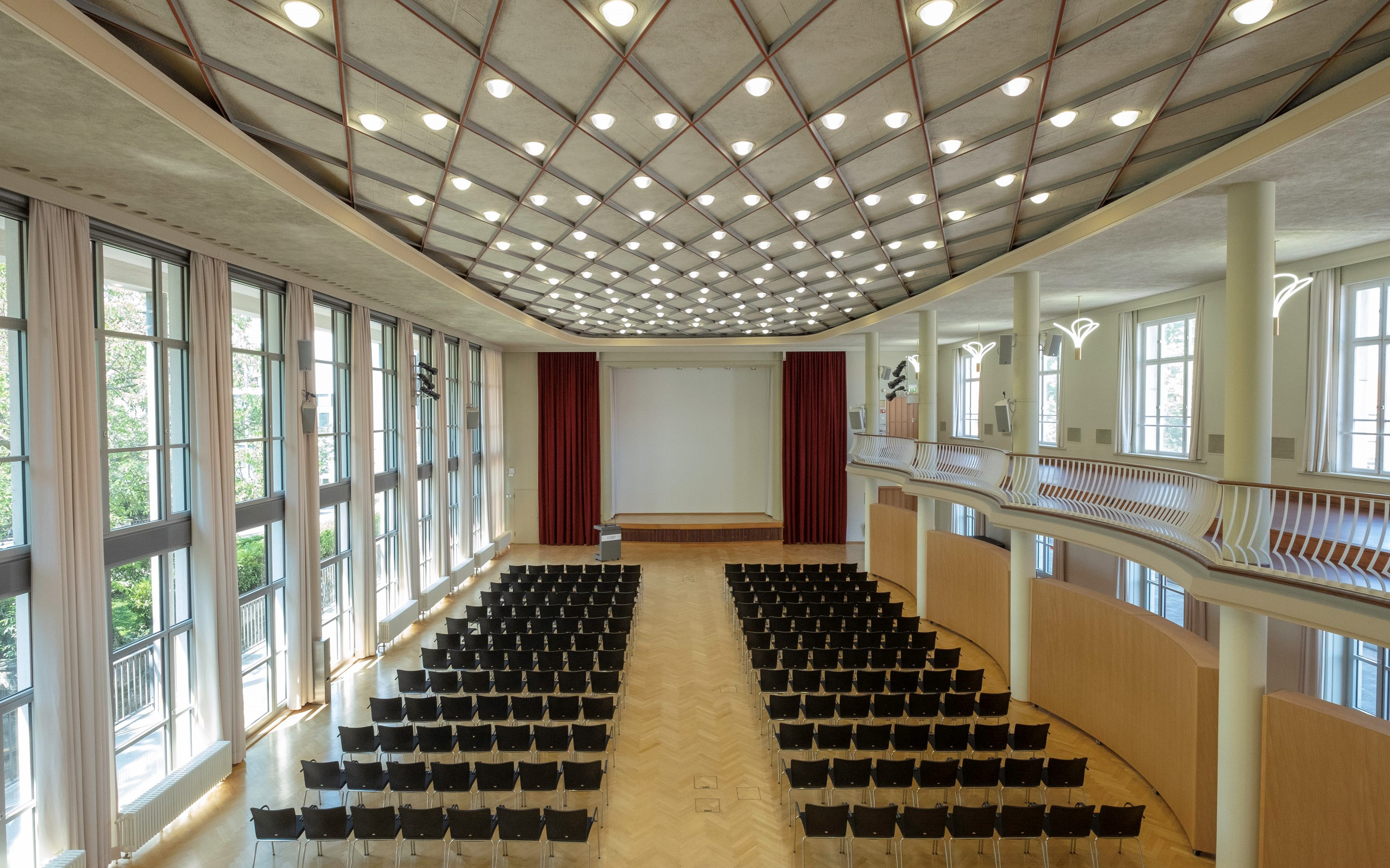
© Sven Geise
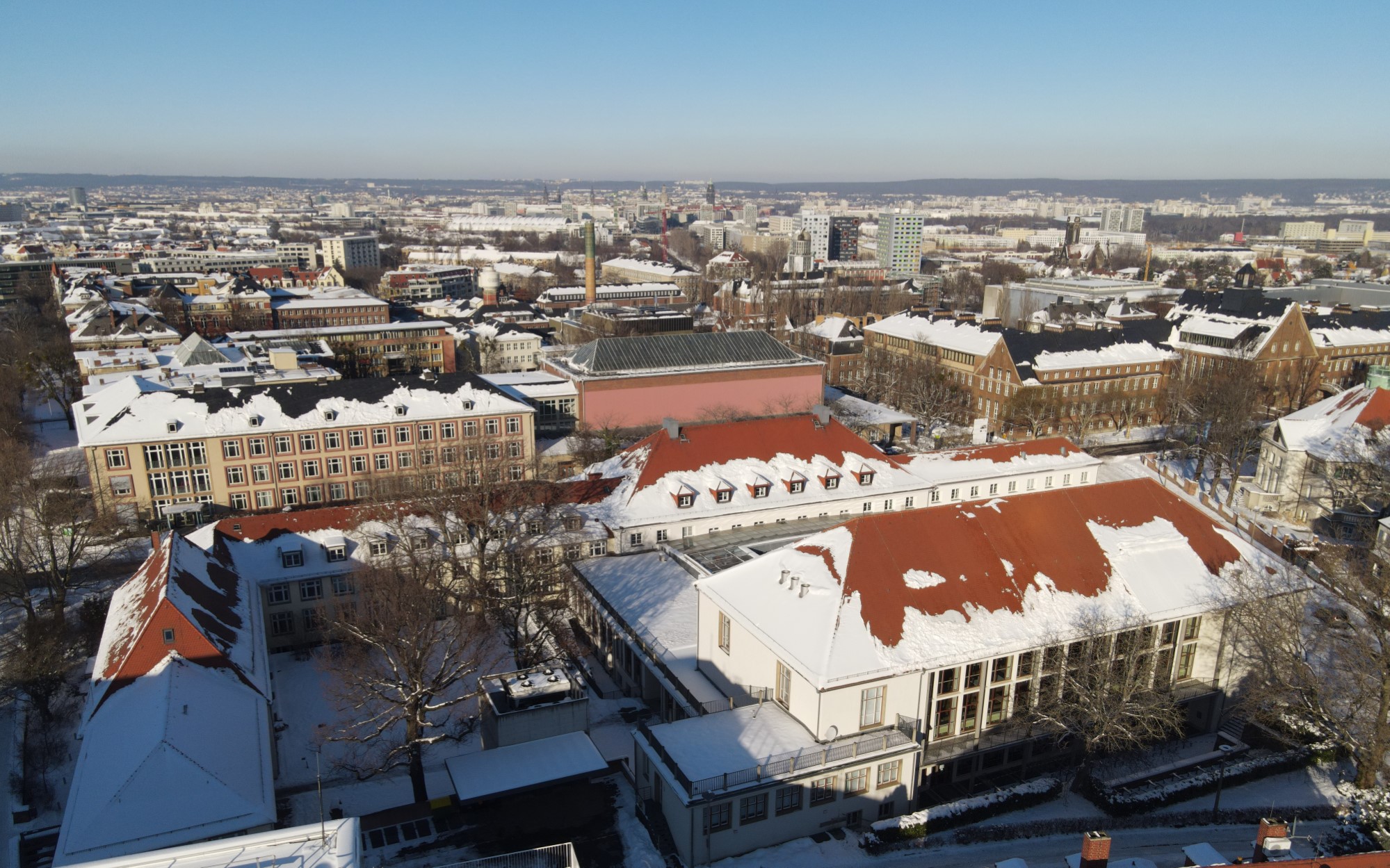
© Christian Bruchatz
Dresden, a city with deep historical roots, was initially established as a merchant settlement and sovereign fortress on the site of a Slavic fishing village.
Since the 15th century, it has served as the residence for the Saxon dukes, electors, and later, kings, playing a pivotal role in the region's governance and cultural development.
Throughout its history, Dresden has witnessed periods of both extraordinary splendor and profound tragedy.
In the 18th century, it emerged as a magnificent hub of European politics, culture, and economy, renowned for its artistic and architectural achievements.
This era saw the city flourish as a center of the arts, science, and enlightenment, attracting artists, architects, and intellectuals from across Europe.
The city's architectural landscape, characterized by baroque and rococo influences, became emblematic of its cultural richness.
Notable buildings such as the Zwinger Palace and the Frauenkirche are testaments to this golden age, reflecting the artistic and architectural prowess that defined Dresden during this period.
However, the 20th century brought a drastic shift to Dresden's fate. The city became synonymous with apocalyptic destruction during World War II, particularly due to the extensive bombing in February 1945,
which devastated much of its historic center. This tragic event marked a significant turning point in Dresden's history, leading to widespread loss and the alteration of its historic skyline.
Despite these challenges, Dresden has demonstrated remarkable resilience and a commitment to rebuilding and preserving its heritage.
Post-war reconstruction efforts have been focused on restoring and replicating its historic architecture, reviving the city's cultural and artistic legacy.
Today, Dresden stands as a symbol of rebirth and renewal, having successfully blended its restored historical buildings with modern architecture to create a unique urban landscape.
For the people of Dresden and its admirers worldwide, the city continues to be a place of unparalleled charm and significance.
Its rich history, combined with its capacity for renewal and adaptation, continues to captivate and inspire.
Dresden's resilience in the face of adversity, its cultural and historical significance, and its ongoing commitment to preserving and celebrating its heritage, make it a city of enduring fascination and importance in the global landscape.
Immerse yourself in the enchanting allure of Dresden during the Christmas season, a time when this historical city dons a festive cloak, transforming its breathtaking blend of romantic landscapes, baroque architecture, and historic charm into a winter fairy tale. Dresden's unparalleled beauty and rich cultural tapestry make it an unmissable destination for holiday revelers from across the globe.
Dresden's Christmas Markets: A Festive Wonderland
Experience the magic of Dresden's Christmas markets, where the scent of mulled wine and gingerbread fills the air.
The Striezelmarkt, one of Germany's oldest and most famous Christmas markets, is a must-visit.
Here, you can explore a plethora of stalls offering traditional crafts, seasonal treats, and unique gifts.
The market is especially renowned for its festive decorations and the towering Christmas pyramid, a symbol of the region's holiday traditions.
Explore the complete calendar of all Dresden Christmas Markets for the year 2023.
Culinary Delights: A Taste of Dresden's Christmas
Altstadt (Old City): Where Art Meets Architecture
In Dresden's historic center, located along the scenic left bank of the Elbe, every corner tells a story.
This area, adorned with buildings from the Renaissance, Baroque, and 19th century, offers a visual feast, particularly from the opposite riverbank.
Key attractions within walking distance of each other include:
Neustadt ("New" City): A Fusion of History and Modernity
Dresden's Neustadt district, where the city's baroque essence is most concentrated, offers a captivating mix of history and contemporary culture.
Wander through its winding alleys, discover hidden gems in its picturesque courtyards, and soak in the artistic atmosphere.
Highlights include: